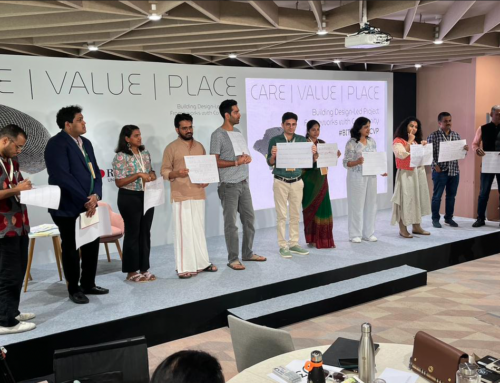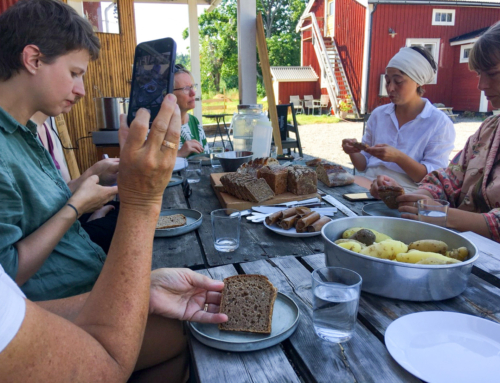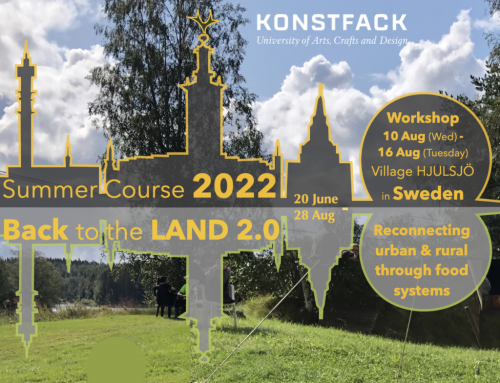Last week I was taught how to sharpen our kitchen knives by a wood carver, Howard Raybould, who’s been honing his technique for 30 years. It’s the most useful skill I’ve acquired since learning how to ride a bike.
Howard arrived bearing: a wooden board; a clamp to attach the board to the table with; a damp cloth to put on the board; a small oilcan with paraffin oil in it [diluted]; a sharpening stone, 10 inches long, smoother on one side than the other; a metal file with a wooden handle [hard but fragile]; a tube of metal polish; a leather belt for polishing the knives; and a not very clean cleaning rag. The small
blackboard was for drawing pictures of knife edges on. We already had the steel.
Two hours later I had learned: a) the rudiments of how to sharpen knives; b) that it’s pointless running your finger across the blade to judge its sharpness; use your eyes; c) you use the steel towards the end not at the beginning; d) that the best angle to sharpen the knife is this one, and absolutely not that one – even though the two angles are very similar; and e) that it’s not possible to learn knife sharpening and write meaningful notes about the subject at the same time.
Now all I need is 30 years practice and I’ll be as good as Howard is now. And maybe by then I’ll be able to teach you.





